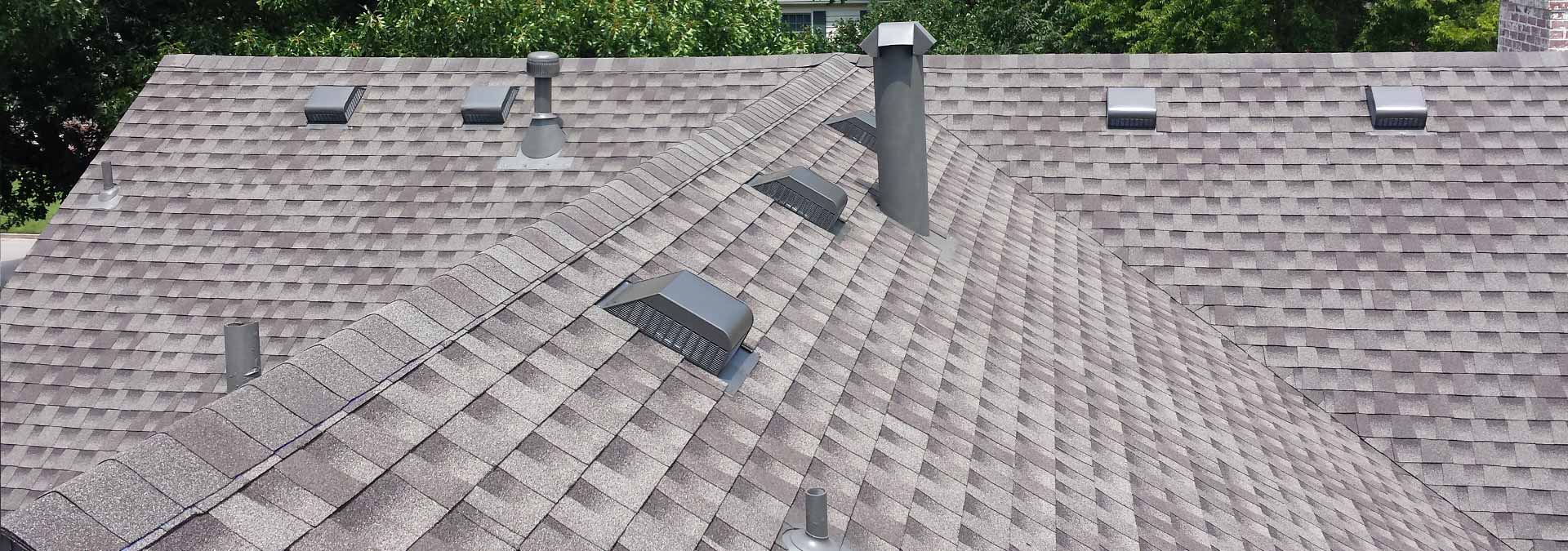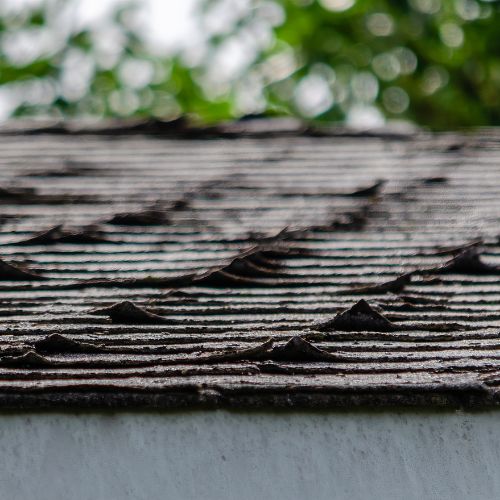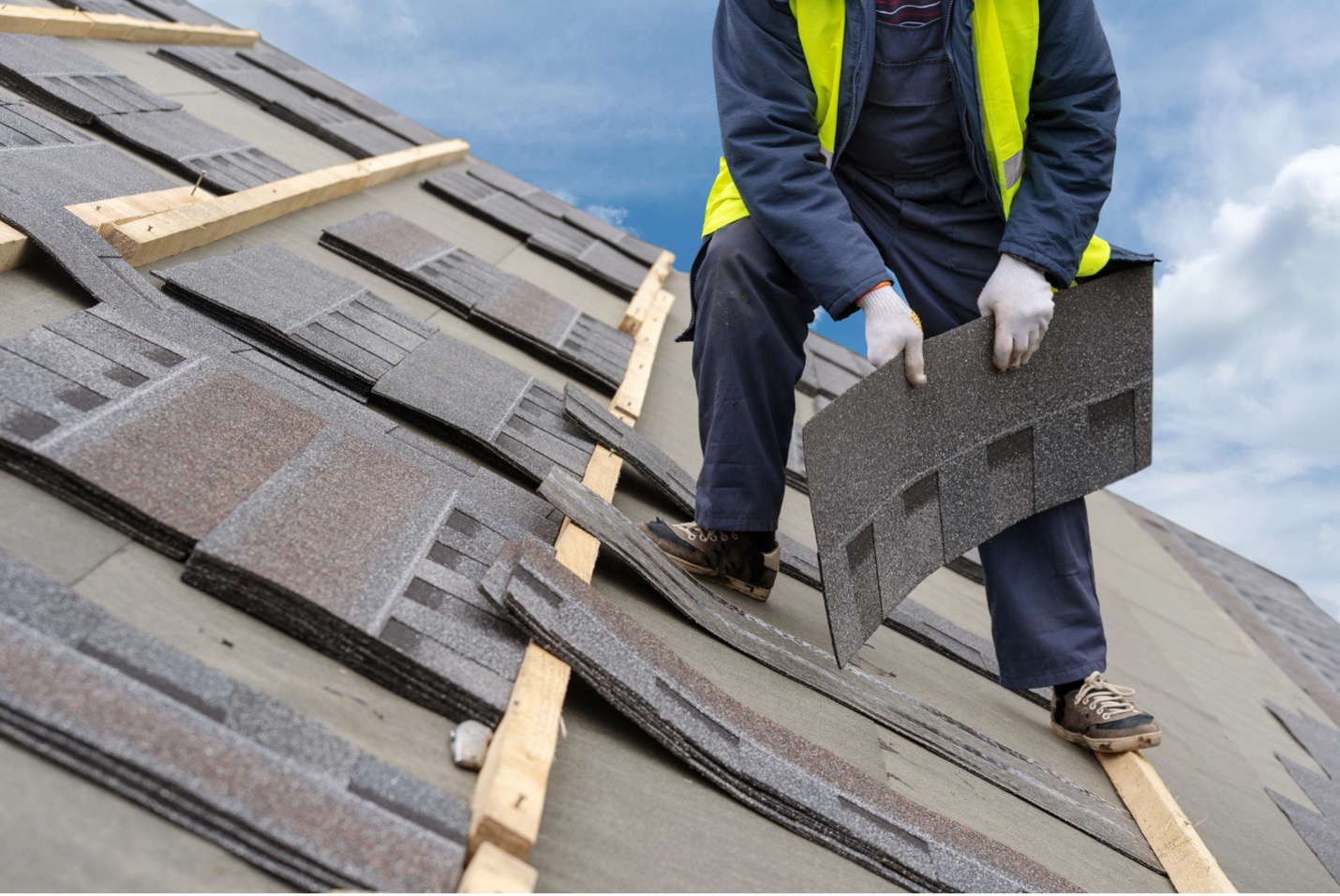Keep Dry Roofing LLC: Securing Your Home with Superior Roofing Solutions
Keep Dry Roofing LLC: Securing Your Home with Superior Roofing Solutions
Blog Article
Ultimate Checklist for Assessing the Condition of Your Roofing System and Identifying Potential Concerns
By complying with an extensive list customized to assess the numerous elements of your roofing system, you can gain beneficial insights into its existing state and preempt any type of impending troubles. This proactive strategy not just ensures the long life of your roofing however also adds to maintaining the architectural stability of your home.

Roofing Examination Tools
These tools help in discovering potential concerns, evaluating the overall problem of the roofing system, and determining the needed maintenance or fixings needed. One of the key tools made use of in roofing inspections is a dampness meter, which helps recognize areas of caught moisture within the roofing layers that could suggest leaks or water damage.

Furthermore, a digital cam or smart device is important for recording the examination procedure, capturing pictures of any kind of damages or locations of concern for additional examination. Various other devices such as binoculars, roof probes, and security devices like ladders and harnesses are critical for a safe and extensive roofing examination. By utilizing these tools properly, examiners can carry out complete analyses, recognize concerns immediately, and advise proper options to keep the roofing's stability.
Outside Roofing System Assessment
To thoroughly evaluate the problem of a roof system, an exterior roofing system examination is necessary to evaluate the surface for indicators of wear, damages, or possible problems. During an exterior roof covering examination, it is crucial to begin by analyzing the tiles or roofing product.

Examine the overall sanitation of the roofing, as debris build-up can keep moisture and speed up roofing system damage. By carrying out a comprehensive outside roofing evaluation, home owners can determine and resolve prospective concerns before they rise into pricey repair work.
Inside Ceiling Assessment
Upon getting in the indoor area, a complete evaluation of the ceiling is necessary to recognize any type of indications of water damage, leaks, or architectural concerns. Begin by visually examining the ceiling for any staining, drooping, or peeling paint, as these could indicate water infiltration from the roofing. Any type of moldy odors or wetness in the air need to likewise increase concerns concerning possible roofing system issues.
Attic Examination
A comprehensive examination of the attic is important in evaluating the total condition and efficiency of the roof. The attic room serves as a vital resource component of the roof covering system, offering insights right into potential concerns that may not show up from the exterior or inside of your house. During the attic room examination, it is essential to inspect for indicators of water damage, such as water discolorations, mold development, or decaying timber, which might show a leak in the roof covering. Furthermore, inspect the insulation for any type of indicators of wear and tear or compression, as correct insulation is important for keeping energy effectiveness and preventing ice dams. Search for ample ventilation to make sure that excess heat and wetness are being effectively ventilated out of the attic to stop moisture-related problems. Check out the attic structure for any type of indicators of drooping or damage, as these issues can compromise the stability of the whole roof system. Frequently analyzing the attic can help identify prospective roof covering problems early, permitting prompt fixings and upkeep to lengthen the lifespan of the roof.
Dealing With Common Roof Covering Troubles
Determining and quickly resolving usual roofing problems is crucial in keeping the structural the original source integrity and long life of a roof. Among one of the most frequent concerns property owners face is a dripping roofing system, usually brought on by damaged or missing roof shingles, improper installment, or shabby blinking. It's vital to deal with leakages promptly to protect against water damage to the inside of the building and prospective mold and mildew growth. One more usual issue is roof covering ventilation problems, which can lead to excess warm and dampness buildup in the attic room, creating premature degeneration of the roof covering materials. Poor air flow can additionally result in greater power costs because of ineffective temperature level policy. In addition, the buildup of debris such as leaves, branches, or snow on the roof covering can block drainage systems and cause water merging, which might eventually trigger roofing leakages or structural damage. Routine assessments and upkeep can aid identify and deal with these typical roofing troubles prior to they rise into more significant issues.
Verdict
To conclude, a detailed examination of your roof is important to determine potential concerns and make sure the general condition of your roof covering. By making use of the proper tools and performing exterior, inside, and attic evaluations, usual roofing problems can be addressed immediately. Regular upkeep and timely repairs can assist prevent substantial damage and lengthen the life expectancy of your roof.
One of the main devices utilized in roof assessments is a moisture meter, which assists determine areas of entraped moisture within the roof covering layers that could suggest leaks or water damage. Various other tools such as field glasses, roof probes, and security tools like harnesses and ladders are crucial for a detailed and secure roof assessment.To extensively evaluate the problem of a roof covering system, an exterior roofing system analysis is important to check the surface area for signs of wear, damage, or prospective concerns. Assess the overall tidiness of the roof covering, as particles buildup can keep wetness and increase roof wear and tear. Keep Dry Roofing LLC. Furthermore, the build-up of his explanation particles such as fallen leaves, branches, or snow on the roof can block drainage systems and lead to water pooling, which may ultimately trigger roofing leakages or architectural damages
Report this page